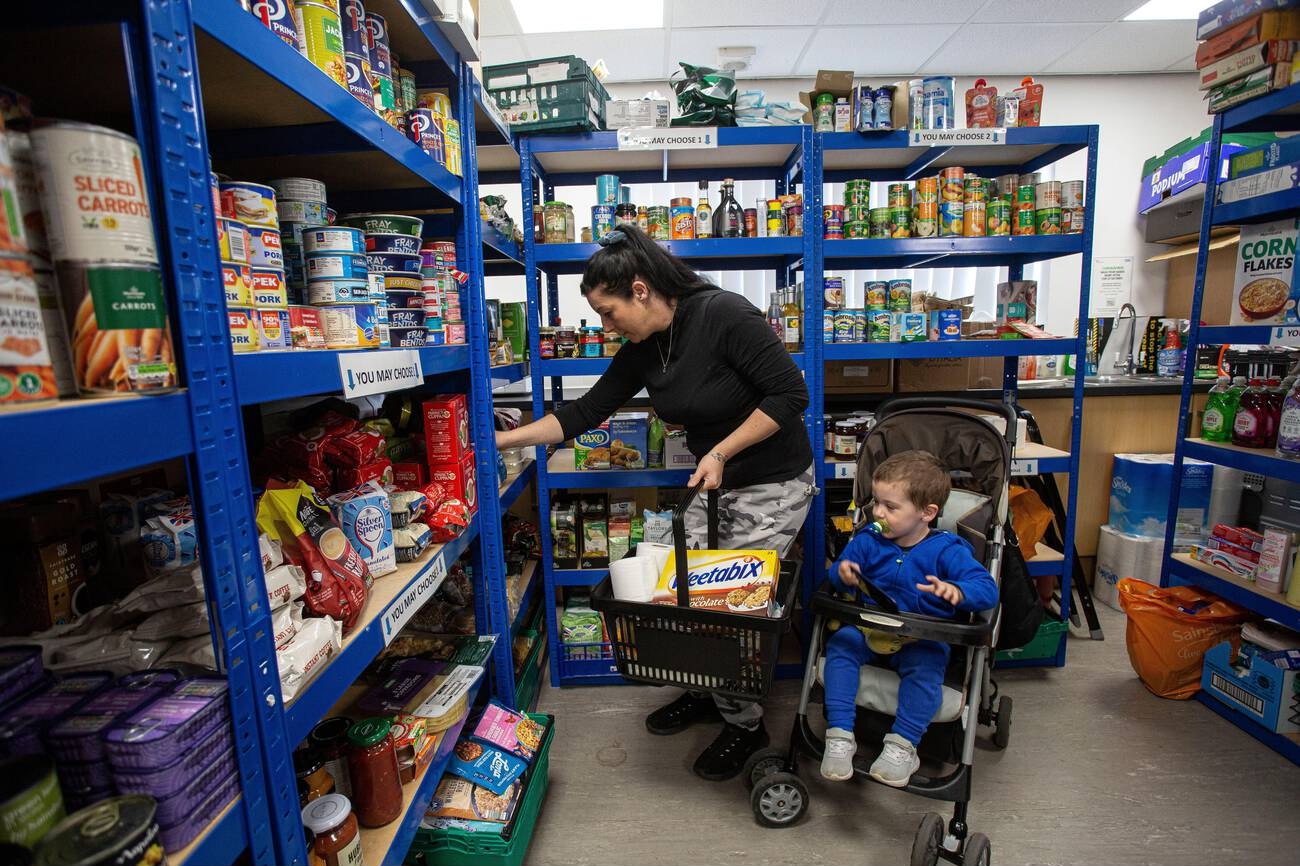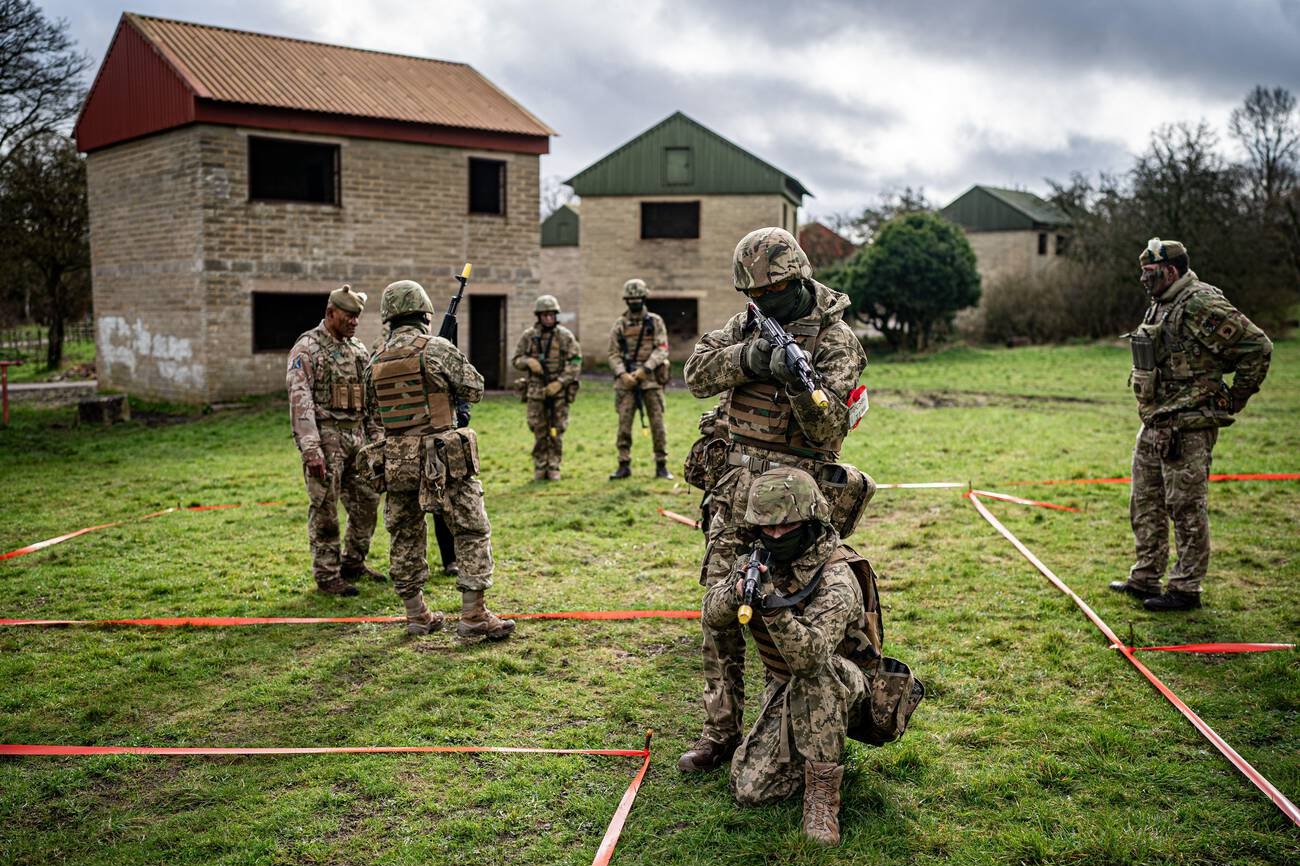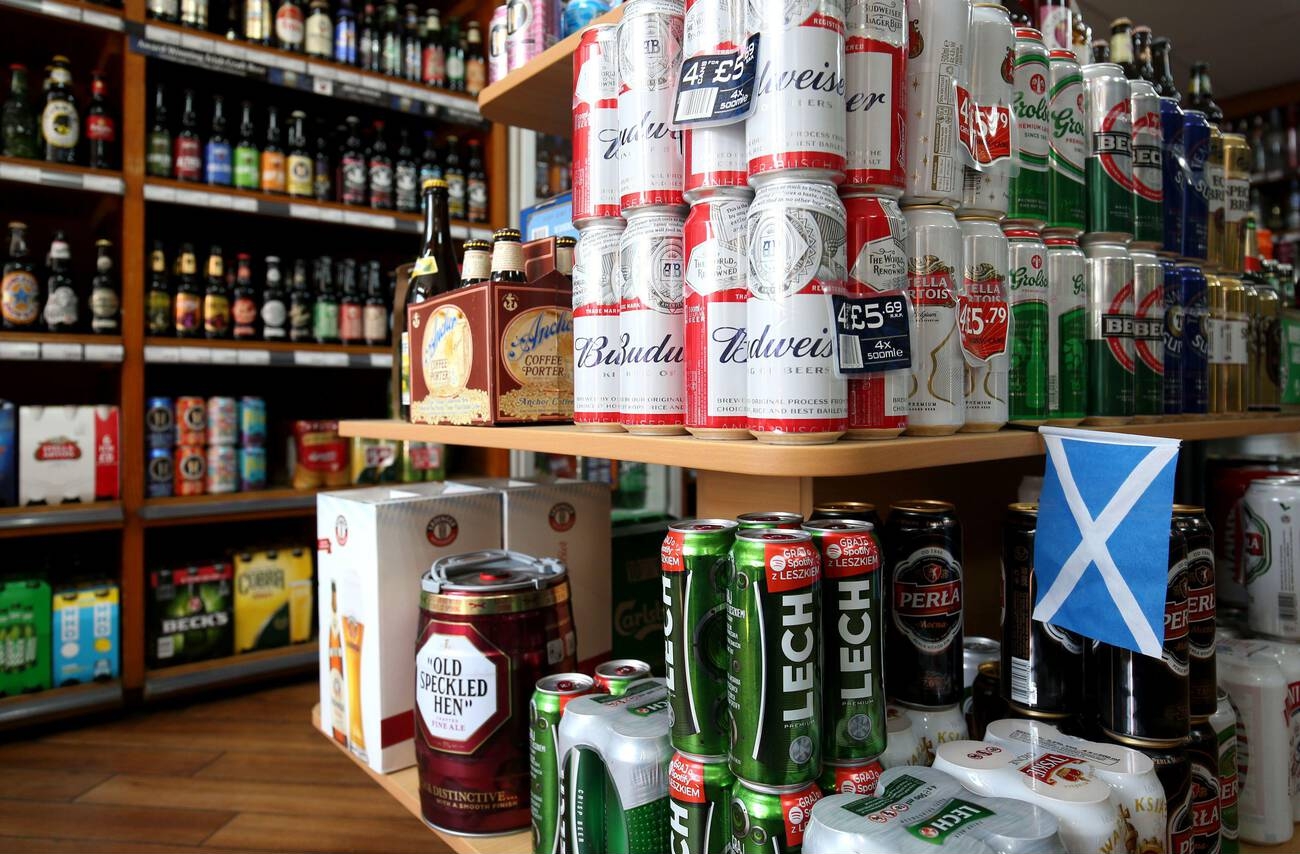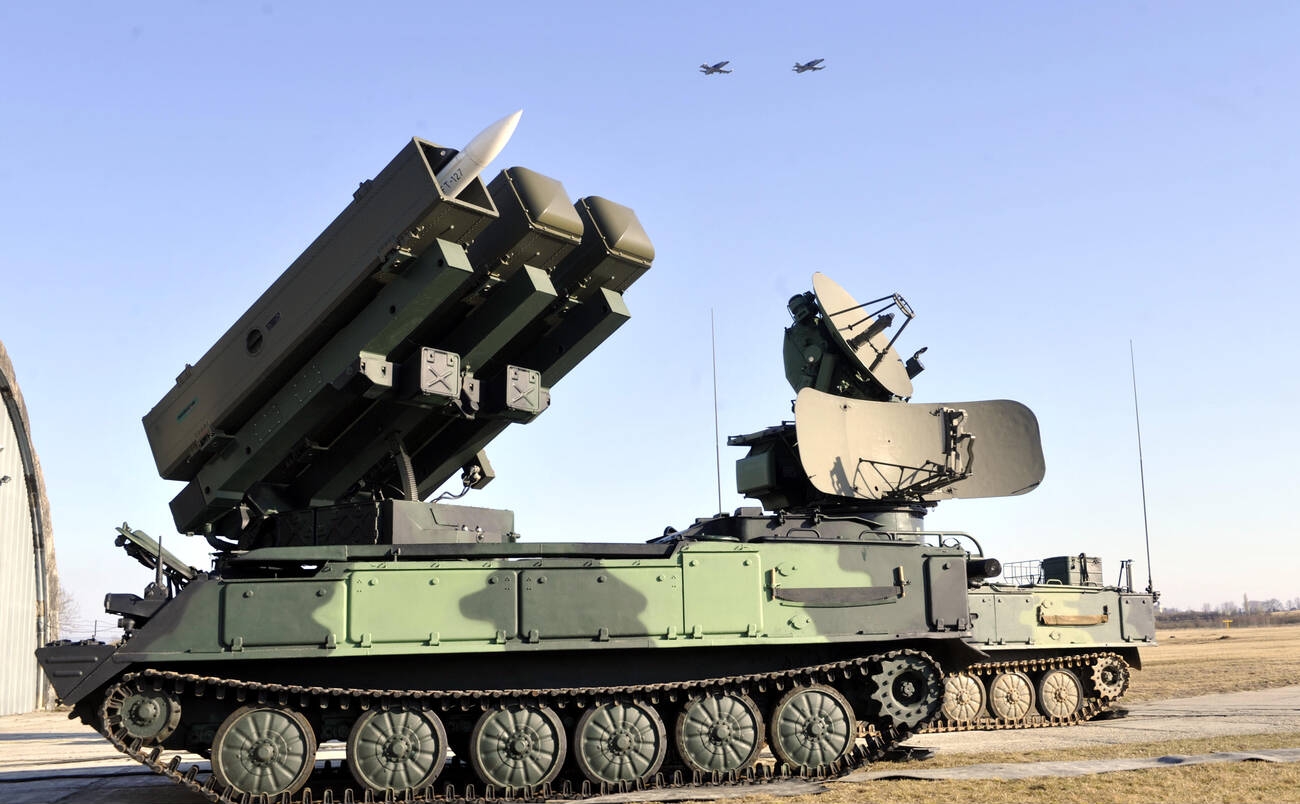UK food security crisis, Geopolitical and Environmental Drivers
Global supply chains dealt with consecutive downfalls and then surges in demand. Government infection and management measures followed by

Global supply chains dealt with consecutive downfalls and then surges in demand. Government infection and management measures followed by economic stimulus. Russia’s invasion of Ukraine in February 2022 changed the world’s economic and geopolitical situation. It was particularly disruptive to energy and grain supplies. This had significant consequences for the global and UK food security crisis, including widespread boosts in food prices. Conflict in the Middle East further disrupted the system by changing supply routes and the navigational safety of the Red Sea. It was with more limited results, demonstrating the ability of the global trade system to adjust to localised disruption. Extreme weather conditions in the UK and across the globe made more likely by climate change. It have caused further food chain disruptions. It often has more localised impacts.
Food is essential to national life.
What and how the UK population eat directly affects the nation’s health, wellbeing, productivity and happiness. It is therefore vital to monitor the UK’s ability to access food and to eat well. The UKFSR uses the widely used 1996 World Food Summit definition. It defines food security in broad terms:
“when all people, at all times, have physical and economic access to sufficient safe and nutritious food that meets their dietary needs and food preferences for an active and healthy life.” Many interacting factors shape and determine the stable relationship between people and food at the core of this definition (such as physical, economic, dietary and ecological).
Environmental Drivers to Food Crisis
Climate change and land degradation continue to be major risk factors to food production. This are leading to the UK food security crisis. Agricultural productivity growth is not suitable and is “weak.” A little increases in global food production happened in most food groups. this means less than 4% across meat, roots and tubers, milk, fruit and veg, eggs, and cereals.
The number of undernourished people around the world is increasing. The reasons behind this malnutrition are poverty, conflict, and climate change. The number increased from 541 million people in 2017 to 733 million in 2023. Global calories production is enough to meet the food needs of the world’s population. water insecurity, Climate change and nature loss, pose “significant risks” to global food production. The amount of land reported as “degraded” rised globally. It was 11.3% in 2015 that increased to 15.5% in 2019.
The UK remains “highly dependent” on imported foods.
High dependence on imports and artificial inputs leads to vulnerability to geopolitical shocks. At the same time, extreme weather and biodiversity loss pose significant risks. The UK remains “highly dependent” on imports and about 48% of food imports.
Unpredictable fluctuations in harvests due to extreme weather – 2019 was the highest cereal production this century. The 2020 was the second lowest. Long-term decrease in nature and biodiversity is a “pressing risk” to UK food production and could lead to a UK food security crisis. Conflict in Europe led to rising fertiliser and energy costs, resulting in the highest food inflation spike for UK consumers in 45 years. The UK faired worse than other countries. The UK’s inflation is among the highest of the G7 countries in 2023. Fertilizer costs increased from £1.5bn in 2021 to £2bn in 2022.
Food and soft drinks is the largest sector in the UK and 4th largest in the world.
The UK food supply chain equals to 6.8% of gross value added (around £107 billion). There are 4 million jobs, with around 500,000 people in fishing and farming over 400,000 in food manufacturing. The UK is not self-sufficient in food production. It imports 48% of the total food used. The proportion is increaeing. Therefore, as a food-trading nation, the UK needs on both imports and a thriving agricultural sector to use itself and drive economic growth.
The UK food security crisis could also be due to biological threats. One concern is the bluetongue virus. A disease that mostly affects sheep is transmitted by the Culicoides biting midge. As the weather getting warmer, the geographical range of the midge has spread. Since then, the disease has reported on Norway in 2009. Lamb exports would fall, and animals would be culled, increasing lamb prices. Another problem the UK shares with other food-producing nations is a worrying decrease in the populations of insect pollinators. In the UK, bee populations have decreased by 10-15% over the last two years. Declines happened in Europe and North America.
Geopolitical drivers of the food security crisis
Days after the US president, Donald Trump, warned Europe would be next for tariffs on trade. he recently imposed tax levies on Canada, China and Mexico. The report said the UK’s post-second world war food system was no longer fit for purpose. This means the country’s food security was in a precarious state. Eight years after the UK’s Brexit vote, the country still had no coherent food policy. It is despite the fact that nearly a third of UK’s food still comes from the EU.
Food prices are already 25% higher than a few years ago, and disruptions such as Russia’s invasion of Ukraine, the economic impact of COVID-19 and trade route instability have further exposed weaknesses in the supply chain. In 2023, the UK’s domestic harvest was one of the worst since 1983. It is partly due to extreme weather, adding further pressure to food availability. One of the main weaknesses in the UK’s food system is its dependence on just-in-time logistics. it is a model that prioritises efficiency but not considered disruptions. Supermarkets and suppliers operate with minimal stock levels, relying on fast-moving supply chains to fill shelves. While this system is cost-effective in normal conditions, it is highly vulnerable to unexpected shocks. Without urgent reform, the UK risks further instability in its food supply chains, with rising costs and potential shortages affecting millions.
NPC report about UK food security crisis
The National Preparedness Commission (NPC) recently published a critical warning about the precarious state of the United Kingdom’s food security. In a new report, the Commission advises immediate action to safeguard the nation’s food supply against mounting global pressures. These include climate change, geopolitical instability, extreme weather events, fragile supply chains, and the ongoing repercussions of the COVID-19 pandemic.
The NPC’s groundbreaking report concludes that considerable change is needed to bring UK food policy into a fit state of preparedness. Among 15 key recommendations, the report calls for new legislation to formalise the state’s obligation to feed the public during a crisis. A new legally defined UK food policy, including increased domestic production, is also recommended. Elsewhere, the report urges changes to food distribution systems to address the UK food security crisis. The introduction of town-to-town food resilience learning exchanges and research into current thinking around stockpiling and rationing, all to better prepare Britain for food shocks.









